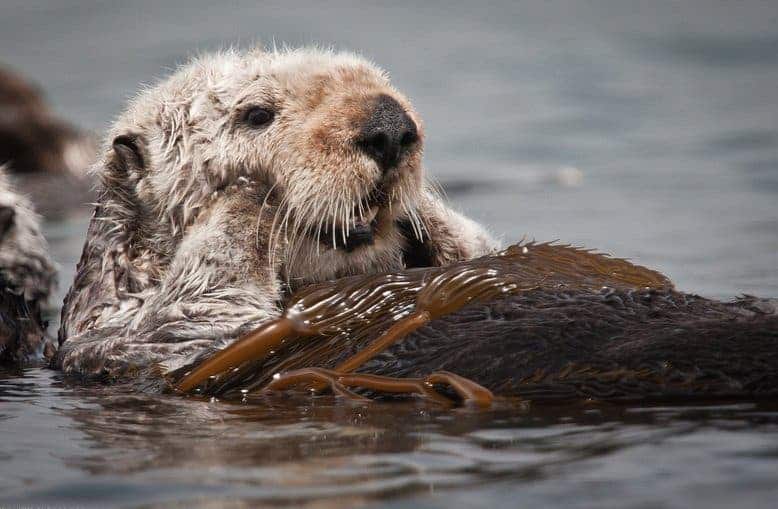
Sea otters have entered a select, but unfortunate club: they joined the ranks of ducks, chickens, pigs, whales, horses elephant seals and humans – all of which can contact the influenza. According to a new study conducted by the US Geological Survey and the CDC, sea otters living in a remote area in Washington state were found to carry the H1N1 virus, the strain of human flu that caused a pandemic back in 2009.
In 2009, the influenza strain spread to humans and caused worldwide panic; it sticked around ever since, and continues to hold potentially dark prospects for the future. However, only some animals can carry it, so it came as both a surprise and a shock when they found that 70 percent of the sea otters they were sampling along the Washington state coast were testing positive for the influenza.
USGS researchers don’t know how they caught the virus, though they do have a few ideas.
“Potential contact between northern elephant seals and sea otters is one possibility; elephant seals’ summer feeding ranges and breeding areas along the Northeast Pacific coast overlap with areas where the Washington sea otter population is distributed,” the researchers write in the paper.
Just a quick notice: while the disease may also spread to river otters, it hasn’t yet, and it’s worth noting that sea otters and river otters are not only from different species, but from a different genus. Studying and understanding how they contacted the virus in the first place may yield information as to how the influenza may spread to other species. But regardless of how it did spread, sea otters are indeed quite susceptible to it. Interestingly enough, even though 70% of all studied specimens had the virus, none of them appeared to be ill in any way. Still lots to be discovered, but that remains a subject for an otter study.
Scientific Reference






